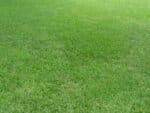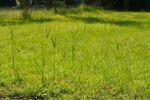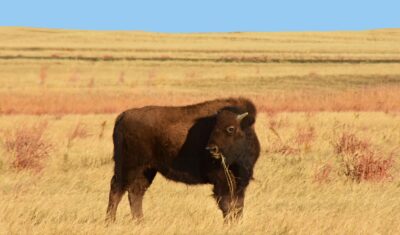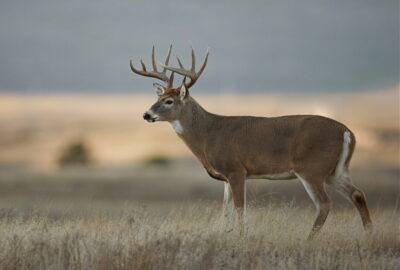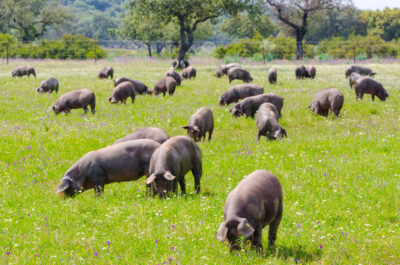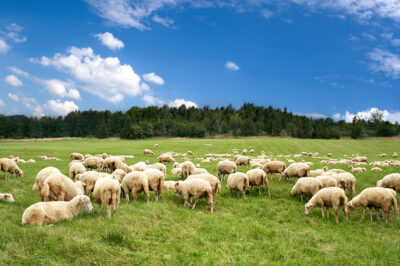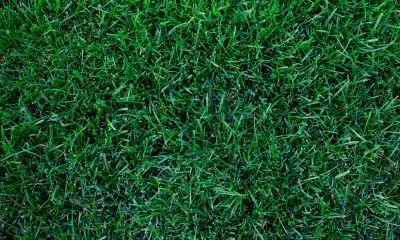Buy more and save!
Coverage Area
Price
5 lbs
10,000 Sq.ft
$99.99
10 in stock
$99.99
10 in stock
A warm-season perennial grass, bahiagrass (Paspalum notatum) offers rugged resilience for Southeast US pastures and fields. It tolerates heat, drought, and poor soils while providing year-round grazing and erosion control. Plant in spring for rapid establishment of a deep-rooted, low-maintenance forage stand that also supplies seeds and cover for wildlife.
Shipping
Nature’s Seed processes domestic orders from its Lehi, Utah warehouse within 3–5 business days (up to 5 days during peak season) . Standard UPS shipping takes an additional 2–7 business days, depending on destination . Orders over $150 qualify for free “Economy” shipping within the contiguous U.S. (you must select this option at checkout), while smaller orders incur a calculated shipping fee, typically $10 for standard economy delivery. Alaska and Hawaii are eligible for shipping, though free shipping does not apply there, and rural, remote, or expedited shipments may require extra fees or 1–2 extra delivery days . More information
Product Overview
Bahiagrass (Paspalum notatum) is a warm-season perennial, stoloniferous sod-forming grass prized for its resilience in drought-prone, infertile, and sandy soils. It thrives in full sun, establishes easily from seed, and remains green later into dry periods, making it a top choice for low-input turf, pasture, erosion control, and wildlife habitat.
• **Drought Performance:** Deep roots and heat tolerance allow it to outperform many pasture grasses under dry conditions—ideal for infertile, sandy sites :contentReference[oaicite:1]{index=1}.
• **Low Maintenance:** Easy to establish from seed, requires minimal irrigation and low fertility to sustain moderate yields; aggressively competes with weeds :contentReference[oaicite:2]{index=2}.
• **Erosion Control:** Forms a dense sod via stolons, stabilizing steep banks, coastlines, and highway shoulders even in drought :contentReference[oaicite:3]{index=3}.
• **Grazing Resilience:** Tolerates heavy, continuous grazing better than many forage grasses; forage quality is moderate but acceptable if kept leafy; supports cattle gains and can be made into hay with supplementation :contentReference[oaicite:4]{index=4}.
• **Wildlife Habitat:** Produces Y-shaped seedheads favored by deer, game birds, and small mammals; clumping growth offers nesting and refuge; blends well with wildflowers/legumes :contentReference[oaicite:5]{index=5}.
• **Ornamental Appeal:** Displays distinctive V-shaped seed heads atop light‑green foliage; cultivars like Argentine offer denser, darker turf suitable for semi-manicured areas or natural meadows :contentReference[oaicite:6]{index=6}.
Adapted across USDA Zones 7–10 and into transitional regions, bahiagrass tolerates acidic, poorly drained, or sandy soils and even sporadic flooding. It greens early in spring and often maintains growth later than bermudagrass in fall :contentReference[oaicite:7]{index=7}.
Directions
Seeding:
• Drill 10–15 lb of seed per acre (slightly higher if broadcasting or no-till); plant at ¼–½″ depth :contentReference[oaicite:8]{index=8}.
• Best sown in spring once soil temperatures reach ~65 °F; fall seeding possible in warm climates :contentReference[oaicite:9]{index=9}.
Maintenance:
• Mow to 2.5–4″ to prevent seedhead formation and maintain moderate forage quality :contentReference[oaicite:10]{index=10}.
• Fertilize lightly after establishment—annual N applications of 100–200 lb/acre optimize forage; P & K based on soil tests :contentReference[oaicite:11]{index=11}.
• Overseed with cool-season grains or legumes for winter grazing if desired—as a clump-forming grass, bahiagrass supports interseeding :contentReference[oaicite:12]{index=12}.
Termination & Rotation:
• Use sod‑based rotation to suppress pests in subsequent crops (e.g., peanuts, cotton) :contentReference[oaicite:13]{index=13}.
• Terminate before planting sensitive crops; bahiagrass may persist as volunteer if not managed properly.
| Weight | 5 lbs |
|---|---|
| Dimensions | 1 in |
| Region | , , , |
| Seed Type |


